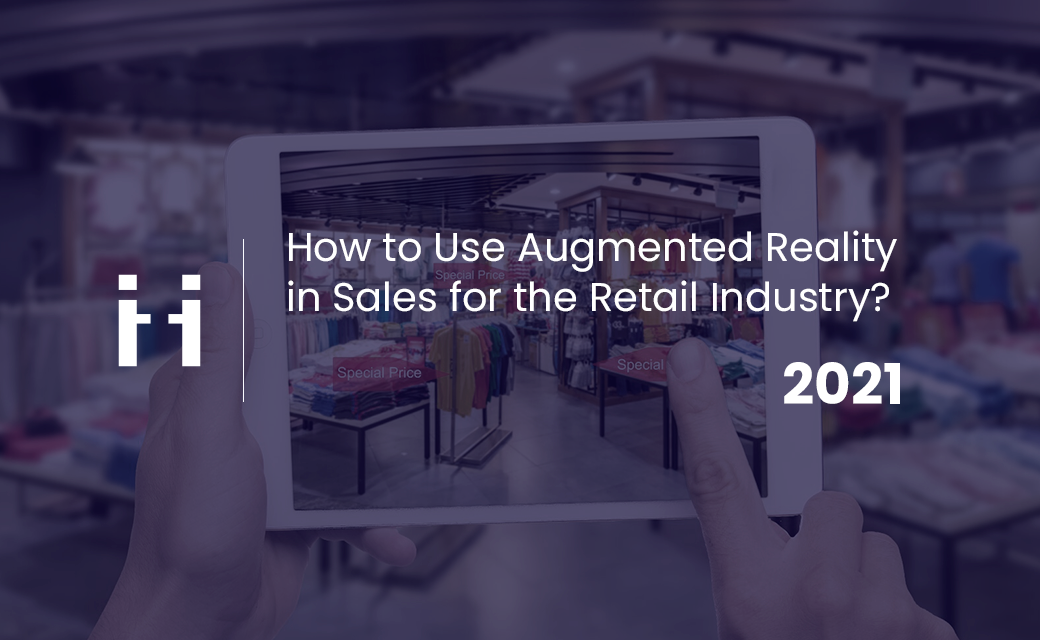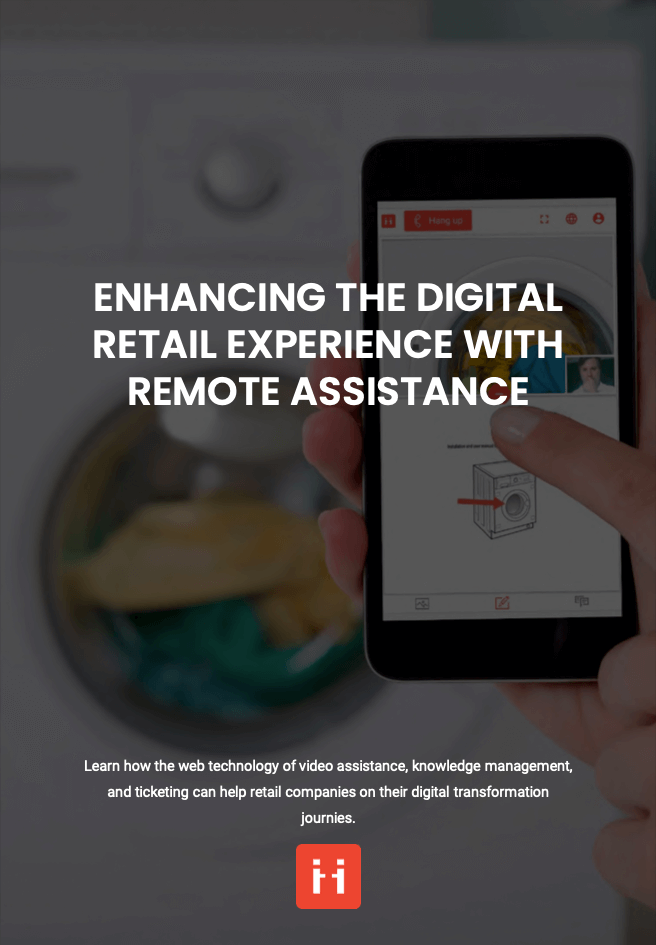
Share this article
Share this article
Augmented reality is one of the most rapidly evolving technologies, merging both the real and the virtual world together. By overlaying virtual objects and surroundings with the real world, AR revolutionizes traditional ways of doing business and transforms customer experience on both ends. With that in mind, AR is thus the perfect solution if your organization aims to face the current challenge within retail – to resolve issues quickly and resolutely while providing a smooth and stress-free experience for customers.
Augmented reality offers an innovative retail experience adapted to digital transformation, an approach that became essential during the remote pandemic-induced industry shift. What areas of retail is AR most commonly used for?
Firstly, augmented reality can enhance the in-store experience like no other feature used before – whether you intend to implement it in real life or on your internet platforms. On-site AR can revolutionize product demonstration and testing through providing detailed information and an immersive product presentation. The customers can interact with, examine, and even try on products without ever having to test out the physical product. What’s more, due to AR’s ability to overlay real-life surroundings with virtually projected objects, it allows for a thorough product presentation and interactive retail experiences both in-store and from the customer’s home, through designated augmented reality apps.
The enhanced product demonstration makes it easy for the customer to interact with a range of products prior to buying. The customer can reach for, touch, and assess the object from multiple angles to get the best view of all its features, concentrate on particular aspects that need special attention, as well as compare it with other designs the company provides in order to optimize decision-making and make a well-informed purchase.
Augmented reality is a versatile tool that can be accommodated to whichever range of products you and your business manage, be it furniture, equipment, vehicles, machinery, clothing, makeup, stationary, and many more. By making it smooth and easy to visualize and customize products, AR creates an innovative virtual shopping experience, which benefits all areas of retail.
Secondly, augmented reality technology can be widely used in after-sales and customer services. With its ability to overlay one’s surroundings and objects in real time through mobile devices, AR merges reality with live video streaming, serving as a virtual visual guide for a customer with a support agent accompanying them every step of the way. This is particularly useful in cases of difficulties with purchased products that cause complex and challenging technical issues that cannot be resolved through just a voice call. Through using such AR remote assistance tools, the customer service team can effectively guide clients towards a complete diagnosis and effective issue resolution, without any hassle or extra effort put in from the customer.
The innovative augmented reality technology in retail has also been a rising point of interest to customers themselves, with 61% stating they prefer retailers offering AR features to the ones sticking to traditional business models. Ranging from convenience and confidence to entertainment and education, augmented reality solutions create many customer benefits.
Through merging both the virtual and the real world together in one place in time, AR experiences are much more immersive, engaging, and purely more enjoyable. Customers use virtual reality, create 3D models of the products they are interested in, and have a refreshing gaze into a variety of the company’s features – all available on their smartphones and mobile devices through a designated AR app. Apart from entertainment, AR also makes information delivery, be that about a product, a service, or the company itself, that more engaging and easier to retain.
Augmented reality allows for an easier and much more thorough product evaluation, with 57% of customers indicating they value the ability to virtually place objects in real-life environments. By interloping real surroundings with virtual 3-d objects, AR solutions can be used to assess how a given product will fit and appear in the customer’s home or any physical location the product is intended for. The customer can quickly visualize potential layouts without having to take exact measurements, all the while avoiding disappointment when the product arrives. These experiences result in 76% of customers admitting using AR increased their confidence in making purchasing decisions.
Consequently, AR technology makes the retail experience much more convenient. The overlaying virtual reality solution brings the in-store experience straight to the customer’s preferred location, where they can seek product perks without needing to interact with it in real life. There’s no need to spend time and energy on travelling to brick-and-mortar stores.
With more and more businesses willing to try out augmented reality technology, it is predicted that the market size of AR will reach $50B by the year 2024. Retailers want to break away from the traditional business models and set a high, professional standard. AR is thus an effective tool driving both the customer retention and the company’s performance, all the while making your sales stand out from the industry crowd.
The interactive, engaging, informative, and hassle-free AR features ensure a richer customer experience and increased customer satisfaction with the services provided. Customers can try on and evaluate products however they wish, directly on themselves or their unique surroundings, which makes the business experience feel much more personalized and special. AR applies the same features as when shopping in store, such as the ability to touch, feel, and see the product from different angles, from the comfort of the customer’s preferred location. This is a great way to keep customers engaged in the shopping process for longer and increase their time spent on the company’s platforms – an approach that facilitates customer retention, helps drive traffic, thus benefits the company’s sales process overall.
Augmented reality technology has also shown to improve overall business performance when used in customer service, with a 43% increase in NPS and a 25% increase in First Call Resolution. This efficient issue resolution saves time and efforts that would have been spent on sending a technician on-site.
Augmented reality technology is a revolutionary tool to strike the right balance between resolving customer issues efficiently in real-time while driving the company’s sales, maximizing customer satisfaction, and increasing customer service value. After all, an entertained customer trying on products in the comfort of their own home is far more willing to stay loyal and invested in the business providing them with such innovative retail solutions.

Free E-book available now!